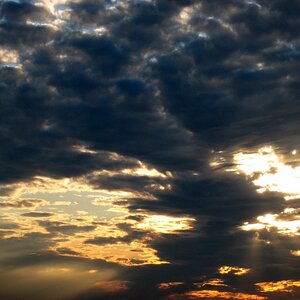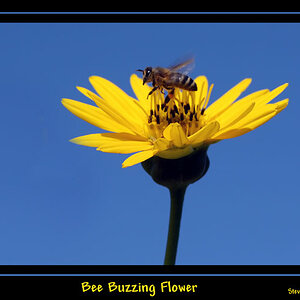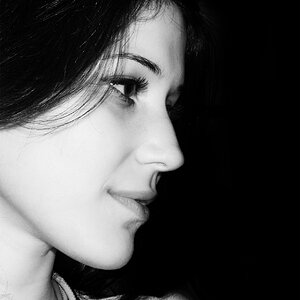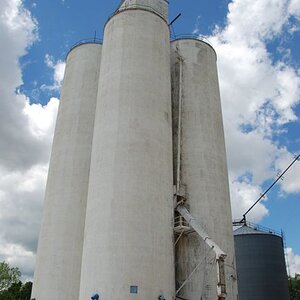OscarWilde
TPF Noob!
- Joined
- Mar 7, 2012
- Messages
- 229
- Reaction score
- 51
- Location
- Canada
- Can others edit my Photos
- Photos OK to edit
Just a question about studio shooting.
I have a room i was hoping to use for some studio shooing but im wondering how much room size matters. If the ceilings are only like 7 feet, will that cause issues with lighting?
How much space should i have on each side of the backdrop.. If it is nearly wall to wall will that cause issues?
Thanks!!
I have a room i was hoping to use for some studio shooing but im wondering how much room size matters. If the ceilings are only like 7 feet, will that cause issues with lighting?
How much space should i have on each side of the backdrop.. If it is nearly wall to wall will that cause issues?
Thanks!!


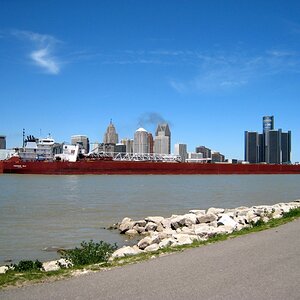
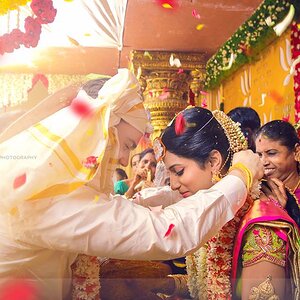

![[No title]](/data/xfmg/thumbnail/32/32806-e16129723fd659a65a21d27ec96c2637.jpg?1619735667)
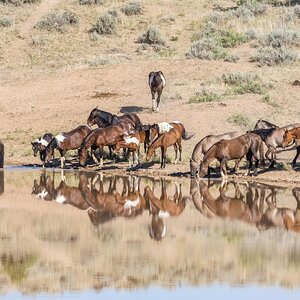
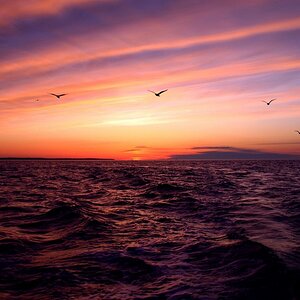
![[No title]](/data/xfmg/thumbnail/37/37413-e579e9da185db973d8cb34300b9f0eb9.jpg?1619738059)
![[No title]](/data/xfmg/thumbnail/39/39490-b2e64c58554ef92efe2474950d27753d.jpg?1619739050)
